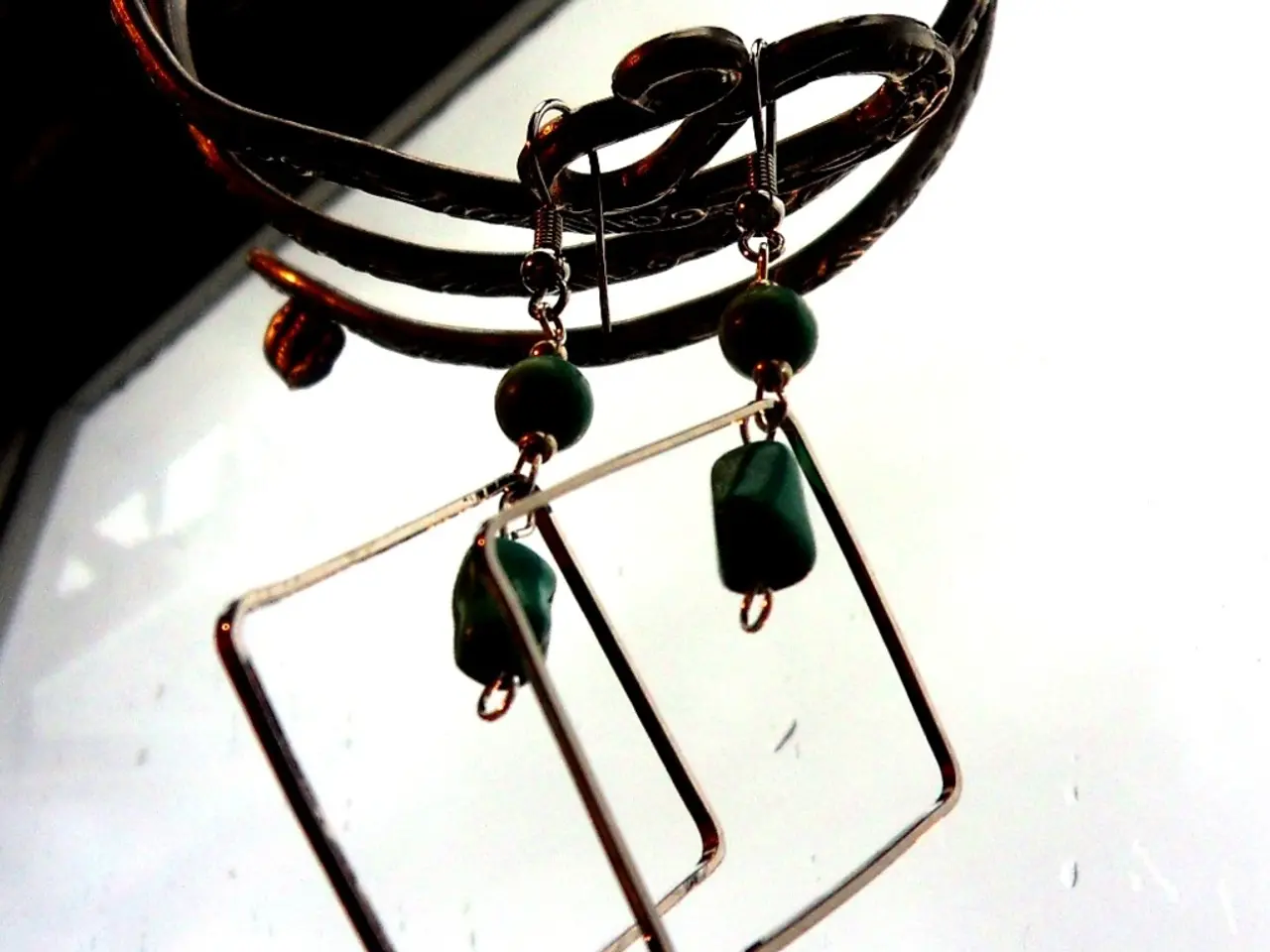Multiple ear infections might lead to the need for ear tubes insertion.
Ear tubes, also known as tympanostomy tubes, pressure equalization (PE) tubes, ventilation tubes, and myringotomy tubes, are small tubes inserted into the ears by an otolaryngologist to help drain fluid from the middle ear and prevent pressure buildup and infections.
Who Needs Ear Tubes?
Ear tubes are most commonly placed in children to treat recurrent ear infections and persistent middle ear fluid to improve hearing and prevent complications. Common reasons for ear tube insertion in children include recurrent acute otitis media (middle ear infections), persistent middle ear fluid lasting 3 months or longer, chronic Eustachian tube dysfunction, and less commonly, anatomical abnormalities like ear drum malformation, cleft palate, or Down syndrome.
In adults, ear tubes are less commonly placed but may be indicated for persistent Eustachian tube dysfunction or chronic middle ear problems mimicking those in children.
The Procedure and Recovery
The procedure, called a myringotomy with tube placement, is generally brief and minimally invasive, often performed under anesthesia in children depending on the technique. Ear tubes ventilate the middle ear, allowing fluid to drain and preventing pressure buildup and infections.
Postoperative discomfort is usually mild; pain or ear drainage may occur but typically resolves quickly. Patients can usually resume normal activities shortly after surgery; however, protecting ears from water exposure during bathing or swimming may be recommended until healing is complete. Ear tubes often stay in place for 6 months to a year (short-term tubes) or longer for long-term tubes, which sometimes require removal by an ENT specialist.
Follow-up includes monitoring for tube function, resolution of infections, and hearing improvement. Doctors usually check on people with ear tubes every 6 months until they have fallen out and the eardrums are healed. Improvements in hearing loss from fluid buildup may occur immediately, but improvements in other problems, such as balance, may take weeks or months.
Risks and Precautions
Repeated insertion of an ear tube may cause scarring. Perforation can occur when a tube falls out and the hole in the eardrum does not close. The American Academy of Otolaryngology-Head and Neck Surgery (AAO-HNS) guidelines suggest ear tubes for children with specific conditions, such as chronic infections with fluid buildup for 3 months or longer, documented hearing loss, problems or symptoms due to the condition, at least three infections within 6 months or four infections within 12 months requiring antibiotics, and children at risk for ear infections.
Ear tube insertion is an outpatient procedure, typically not requiring an overnight hospital stay. Complications from ear tube insertion are possible, including perforations, infections, and scarring. Infections are usually infrequent and do not result in prolonged hearing loss.
If a person or child has a fever of 102.2°F (39°C) or higher, symptoms that worsen, hearing loss, fluid, pus, or discharge from the ear, symptoms of an ear infection that last more than 2-3 days, or any other severe or concerning symptoms, they should contact a doctor.
Children are most likely to get ear tubes between the ages of 1 and 3, but infants may get them as young as 6 months old.
Maintenance and Care
People should not use cotton swabs or anything inserted into the ears. Instead, they can keep their ears clean by wiping them gently with a damp cloth. If a person has ear tubes, they can take eardrops to reduce discomfort and prevent clogging the tubes.
In summary, ear tubes are a common and safe procedure used to improve hearing and prevent infections in both children and adults. Recovery is usually straightforward with rapid return to normal activity and routine follow-up care. However, it is essential to follow the doctor's instructions for care and maintenance to ensure the best possible outcome.
- Ear tubes, inserted to help drain fluid and prevent infections, are often needed for children with recurrent ear infections or persistent middle ear fluid.
- Common medical conditions that necessitate ear tube insertion in children include acute otitis media, persistent middle ear fluid, Eustachian tube dysfunction, and various anatomical abnormalities.
- Adults may require ear tubes for persistent Eustachian tube dysfunction or chronic middle ear problems similar to those in children.
- The myringotomy with tube placement procedure, usually done under anesthesia in children, allows fluid to drain and prevents pressure buildup.
- Postoperative discomfort is typically mild, with pain or ear drainage resolving quickly, but water exposure during bathing or swimming should be avoided until healing is complete.
- Ear tubes remain in place for varying durations, from 6 months to a year for short-term tubes, or longer for long-term tubes requiring removal by an ENT specialist.
- Regular follow-up checks are crucial to monitor tube function, infection resolution, and hearing improvement.
- Improvements in hearing loss may occur immediately, while improvements in balance could take weeks or months.
- Ear tube insertion involves some risks, such as scarring, perforation, and complications like infections.
- The American Academy of Otolaryngology-Head and Neck Surgery recommends ear tubes for children with specific conditions, such as chronic infections with fluid buildup, documented hearing loss, and an increased risk of ear infections.
- Ear tube insertion is an outpatient procedure and generally does not require an overnight hospital stay.
- Potential complications from ear tube insertion include perforations, infections, and scarring, but these are typically infrequent and do not result in prolonged hearing loss.
- Individuals experiencing fever, worsening symptoms, hearing loss, discharge, or symptoms of an ear infection should seek medical attention.
- Children are most likely to get ear tubes between the ages of 1 and 3, but infants may undergo the procedure as young as 6 months old.
- Maintaining ear health involves avoiding cotton swabs and gently wiping the ears with a damp cloth; eardrops can be used to reduce discomfort and prevent tube clogging in those with ear tubes.




